Application of Acoustic Scale Prevent Technologyon the Second-Stage Separator of the Urea Evaporation Unit£º¡¡
In medium and large urea production plants, the final product is urea granules. The production process involves ammonia and carbon dioxide entering the reactor to produce a urea solution, which is then heated and sent to the first-stage evaporator. In the second-stage separator, the water content is reduced to 0.3% through vacuum dehydration. The urea solution is then granulated and packaged, completing the production process. However, due to the polymerization properties of urea, severe scaling occurs in both the first-stage evaporator and the second-stage separator:

From the above equations, it can be seen that in both the first and second-stage separators, as the ammonia gas phase is continuously removed, the chemical reaction is driven towards the formation of biuret and further polymerization. This results in hard, thick scale deposits on the inner walls of the separators and the gas phase outlet pipes. When these deposits collapse, they block the outlet at the bottom of the separator, causing unplanned shutdowns and significant losses.
In November 2003, the scaling problem of the second-stage separator at Sichuan Tianhua Co., Ltd.¡¯s urea plant was successfully solved. The original condition of the second-stage separator was as follows: when the plant operated at 100%-103% load, the gas-phase outlet pipe of the second-stage separator needed to be flushed with water at least once per shift. During high-temperature summer months, it needed to be flushed every four hours to maintain the vacuum of the second-stage evaporator below 5 kPa. After installing two sets of Acoustic ScalePreventer (ASP-004M) on November 11, 2003, the operating procedure was changed to flushing once every 48 hours. The Acoustic ScalePreventer has been operating normally ever since. The Acoustic ScalePreventer was updated at the end of 2022.
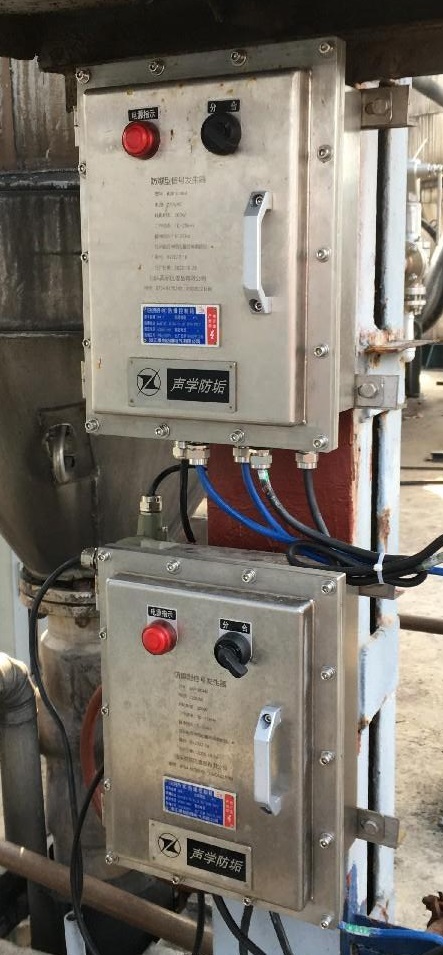
Figure 1: Acoustic Anti-scaling Device Signal Generator
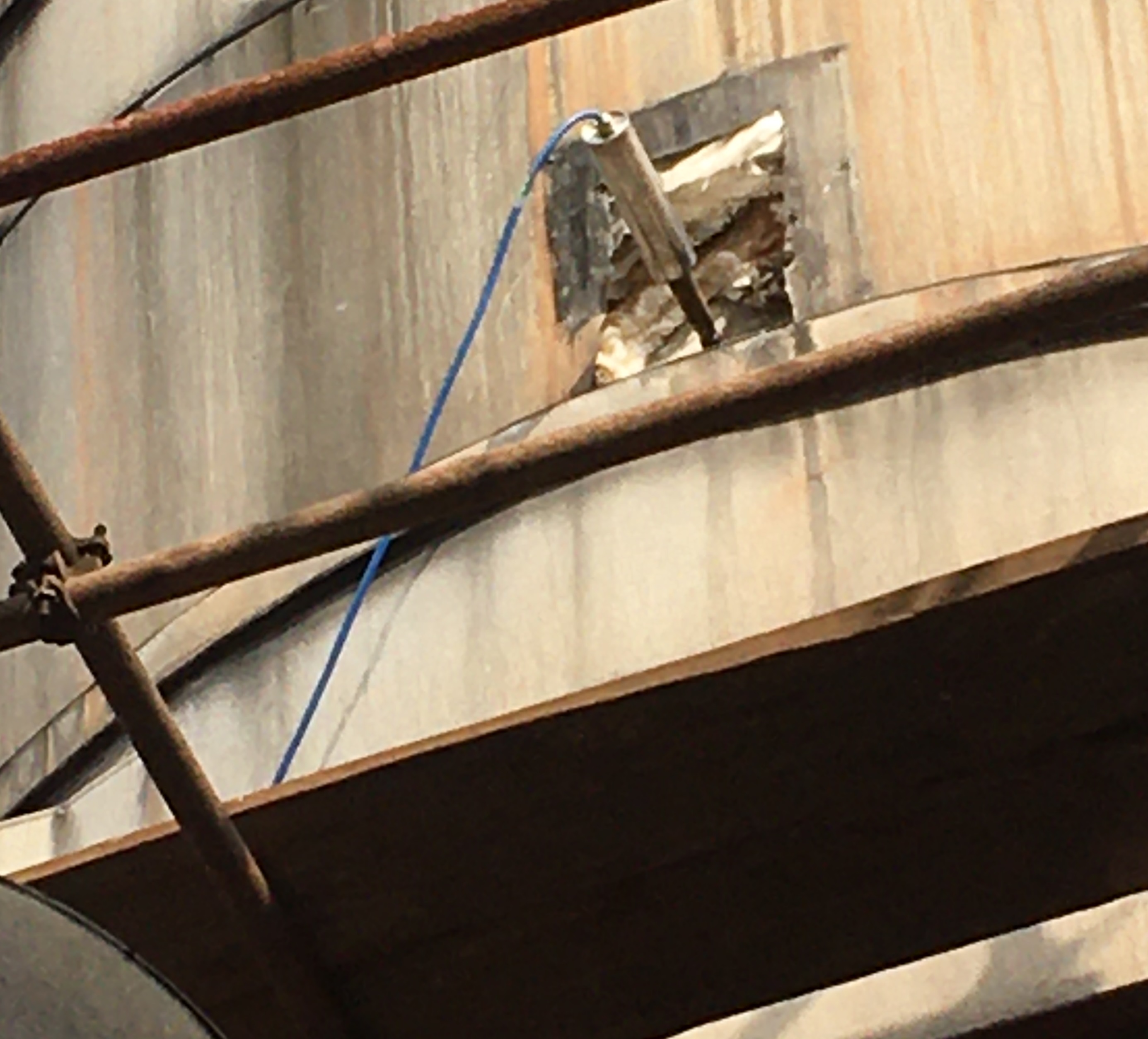
Figure 2: Transducer Installed on the Separator
At Sichuan Chemical Co., Ltd.'s second chemical plant, the first-stage separator U-FA351 has an inner diameter of 7400mm and is made of stainless steel with urea solution spray coils inside. The second-stage separator U-FA352 has an inner diameter of 3800mm and is also made of stainless steel with urea solution spray coils. The main biuret scaling areas in both separators are in the upper half. During production, the scaling is severe, leading to a reduction in vacuum, increased vacuum pump load, and decreased efficiency. The collapse of scale blocks often clogs the discharge outlet, causing unplanned shutdowns. The production workshop operates in three shifts, and each shift needs to manually flush the inner walls of the second-stage separator twice (once every 4 hours). During a major overhaul of the urea plant at the end of January 2007, the second-stage separator underwent Acoustic Scale Prevent technology transformation. Two months after it was put into operation, the second-stage separator was visually inspected during a brief shutdown, and the results were satisfactory. The second-stage separator and the Acoustic ScalePreventer have been running smoothly since then. No further scale buildup or collapse has caused any unplanned shutdowns.
Principle of Acoustic Scale Prevent Technology
Acoustic Scale PreventTechnology is distinct from traditional water treatment methods and represents a novel physical anti-scaling technology. It is an innovative, online descaling technique.
The Acoustic ScalePreventer consists of a signal generator and a magnetostrictive energy converter (transducer), connected by cables. During installation, a threaded connection head is welded to the outer wall of the tank or the heat exchanger tube sheet. The transducer is screwed onto the connection head, and the cables are connected to the signal generator and power supply.
For example, in a heat exchanger: when the input end of the generator is connected to a 220V power supply, the generator generates a pulse current. The pulse current is transmitted to the moving magnetic winding of the transducer, converting the strong current pulses into acoustic frequency oscillations. These oscillations are transmitted along the heat exchanger tube sheet to the tube bundle, producing a descaling effect. When the acoustic frequency oscillations (10-25 kHz) act on the heat exchange surface, any old scale deposits, including iron-containing compounds that are difficult to remove through chemical water treatment, are continually shed. Additionally, the oscillation of the pipe bends induces tangential mechanical stress on the remaining scale, causing cracks through which water penetrates. As the water is heated by the hot pipe wall, it expands and, under the combined action of the shear force from pipe vibrations, causes the scale to detach and be carried away by the water flow. Acoustic frequency oscillations also help remove oxygen bubbles attached to the surface pores and cracks of the pipe walls, reducing oxidation and electrochemical corrosion, thereby extending the lifespan of the equipment.
Acoustic ScalePrevent Technology leverages the hard and brittle mechanical characteristics of scale to achieve descaling. The descaling and scaling preventing effects are independent of the liquid medium and the chemical composition of the scale but are related to factors such as the scaling rate, heat exchange area, and heat exchanger structure. In the system, under the action of acoustic frequency oscillations, descaling and scaling reach a dynamic balance. As long as the descaling rate exceeds the scaling rate, the heat exchange equipment can maintain a scale-free operation. Thus,Acoustic Scale PreventTechnology achieves continuous online descaling to prevent scaling.
These unique technical features make it possible to use Acoustic ScalePrevent Technology to address scaling problems in inorganic chemical processes.
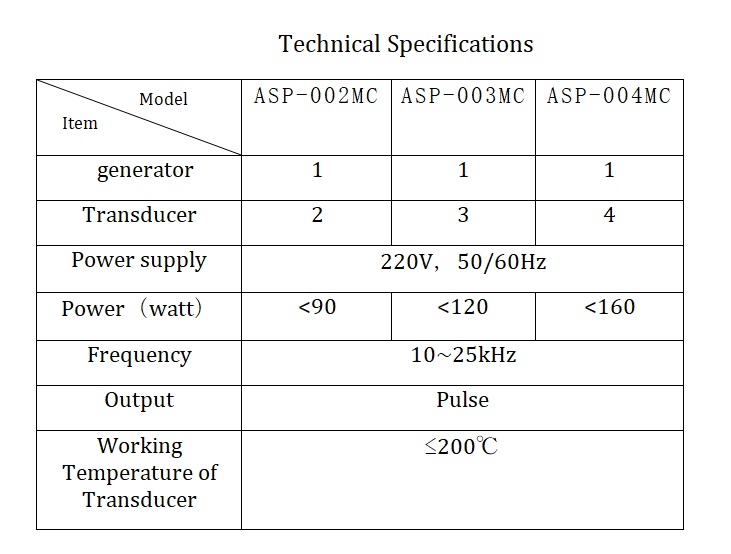
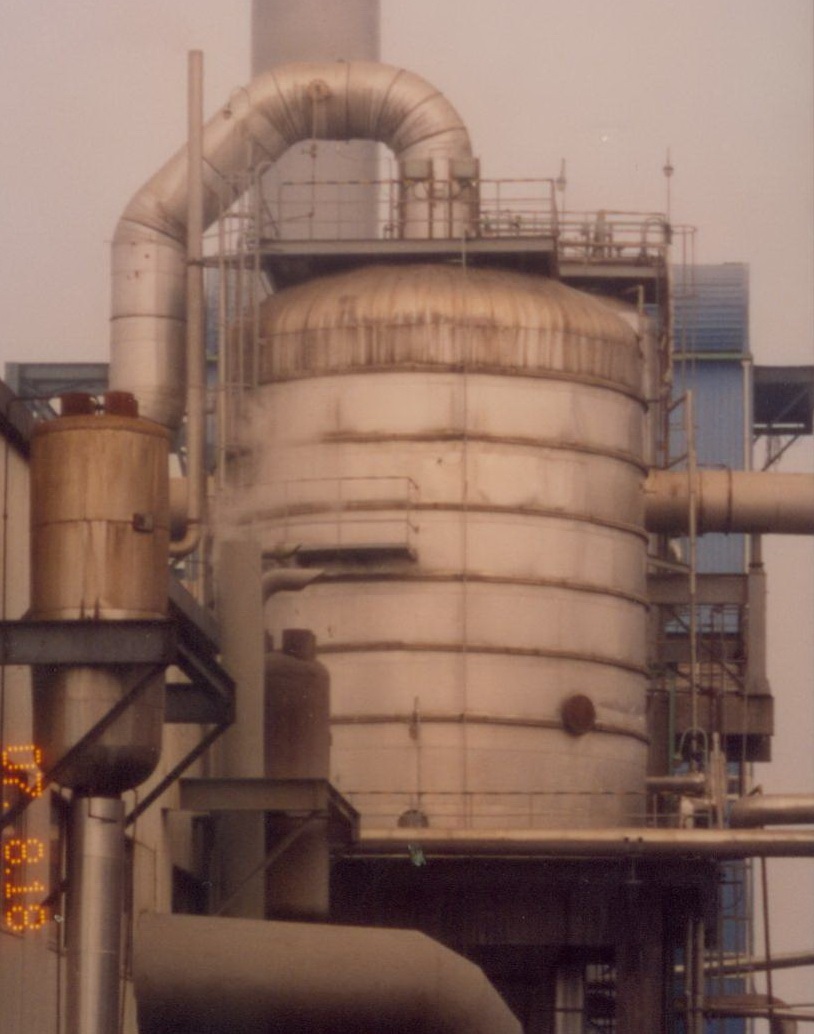
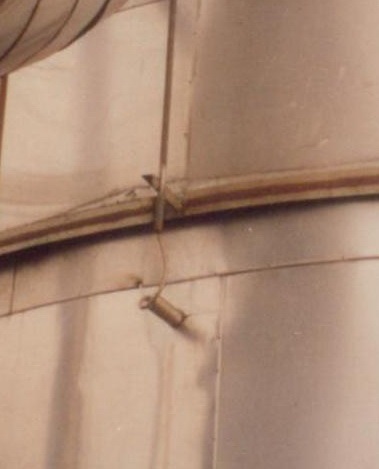
Figure 3: Transducer Installed on the Separator U-FA351
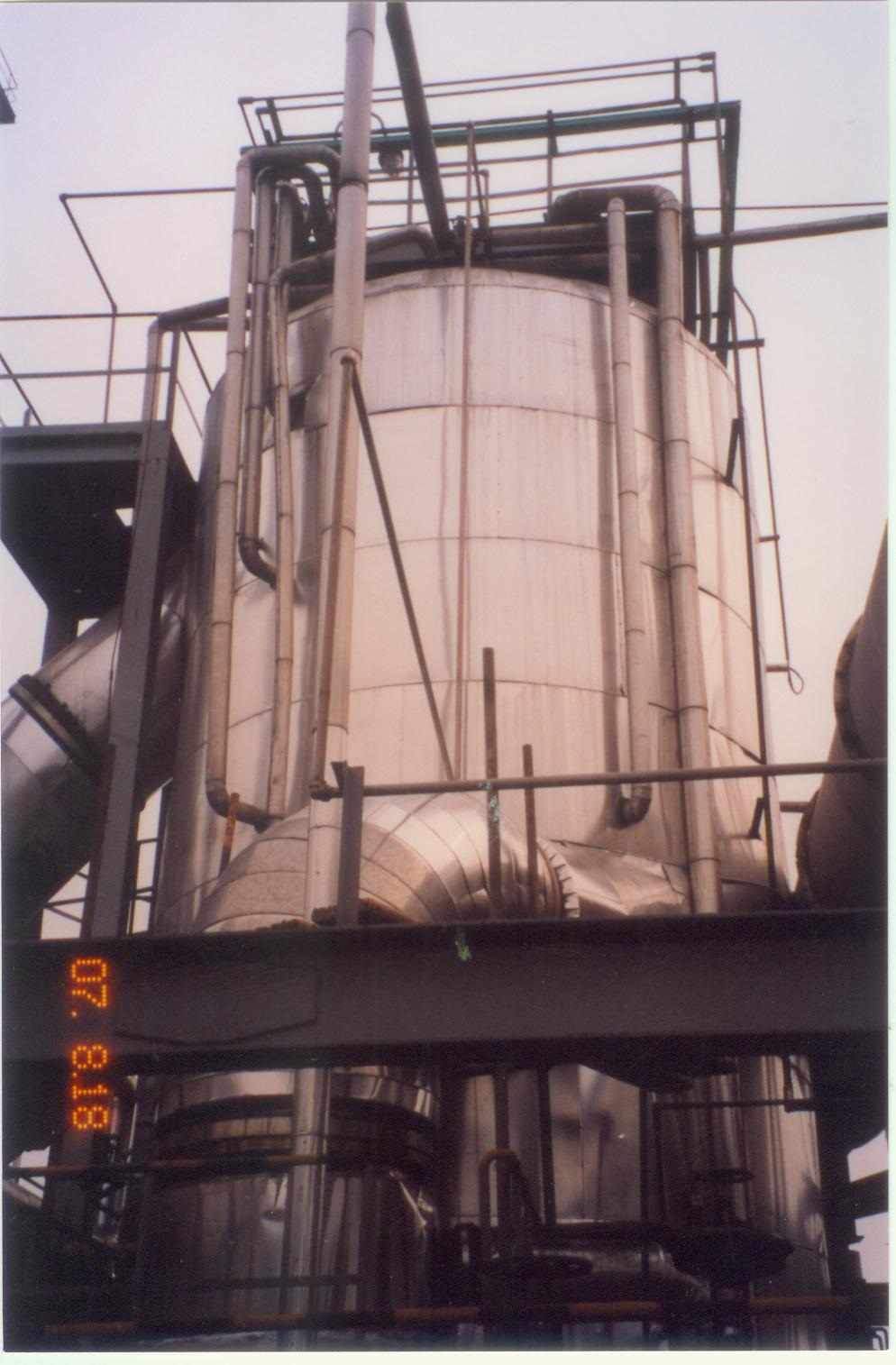
Figure 4: Transducer Installed on the Separator U-FA352

Figure 5: Scales cleared from the Separator U-FA352 before installed the Acoustic Scale Preventer
|

